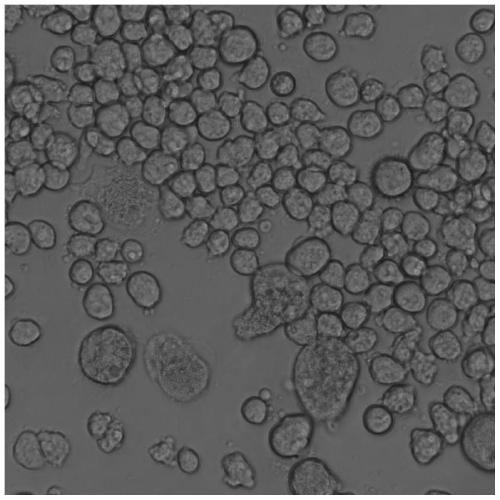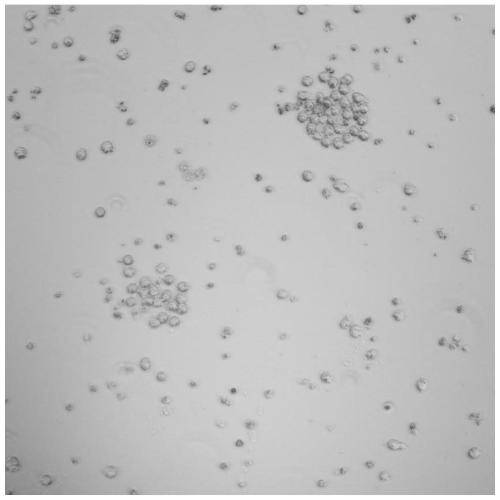Hybridoma technology and rare disease whole genome immortal gene pool construction method
A construction method and whole-genome technology, which is applied in the field of hybridoma technology and the construction of a whole-genome immortal gene bank for rare diseases, can solve the problems of not reaching, not reaching more than 80-90%, death, etc., and achieve enhanced survivability Effect
- Summary
- Abstract
- Description
- Claims
- Application Information
AI Technical Summary
Problems solved by technology
Method used
Image
Examples
Embodiment 1
[0032] Example 1: A method for constructing a rare disease genome-wide immortal gene bank, as follows,
[0033] 1. The construction of the recombinant vector, the recombinant vector is a recombinant retroviral vector SV40 LT-pLXSN
[0034] 1. Reagents: pLXSN retroviral vector was purchased from Clontech, USA, SV40DNA (strain 776) was purchased from Invitrogen, USA, PCR amplification kit and calcium phosphate precipitation transfection kit were purchased from Invitrogen, USA, E.coliDH5-alpha Escherichia coli Bacillus bacilli were preserved in this unit, the Endotoxin-free plasmid purification kit was purchased from QIGEN, Germany, the EcoR I and BamH I endonucleases were purchased from Fermentas, Lithuania, the T4 DNA ligase was purchased from Roche, Germany, and the neomycin derivative G418 was purchased from Fetal bovine serum, polybrene and DMEM medium were purchased from Gibcol, USA from Sigma Corporation, USA.
[0035] 2. SV40 LT high-fidelity PCR amplification: use SV40 ...
Embodiment 2
[0080] Example 2: A method for constructing a rare disease genome immortal gene bank. The difference from Example 1 is that the recombinant vector is pCDNA3.1 with SV40LT gene and neomycin resistance gene.
Embodiment 3
[0081] Example 3: A method for constructing a rare disease genome immortal gene bank. The difference from Example 1 is that the recombinant vector is pCMV with SV40LT gene and neomycin resistance gene.
PUM
 Login to View More
Login to View More Abstract
Description
Claims
Application Information
 Login to View More
Login to View More - R&D
- Intellectual Property
- Life Sciences
- Materials
- Tech Scout
- Unparalleled Data Quality
- Higher Quality Content
- 60% Fewer Hallucinations
Browse by: Latest US Patents, China's latest patents, Technical Efficacy Thesaurus, Application Domain, Technology Topic, Popular Technical Reports.
© 2025 PatSnap. All rights reserved.Legal|Privacy policy|Modern Slavery Act Transparency Statement|Sitemap|About US| Contact US: help@patsnap.com



